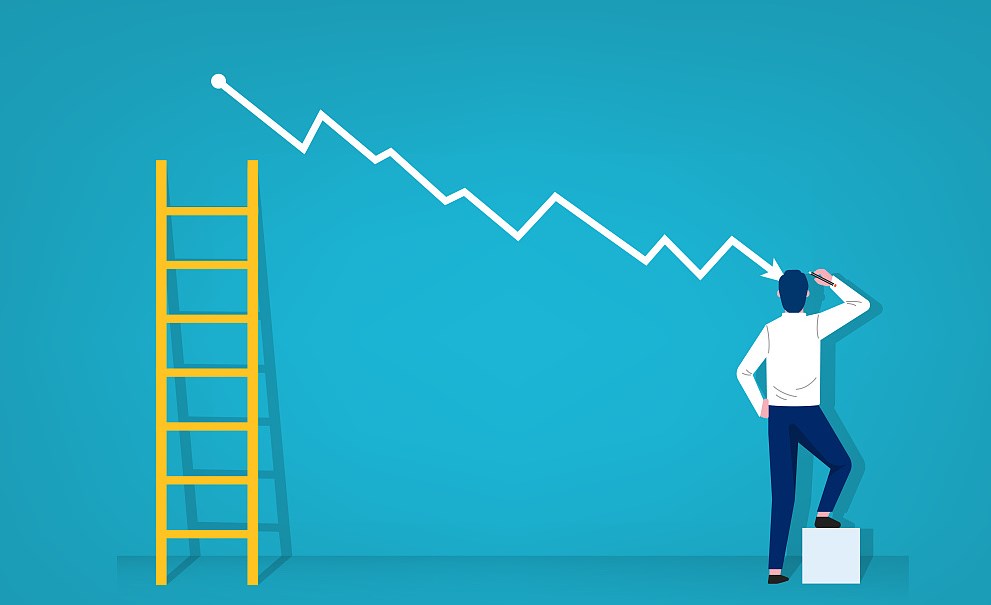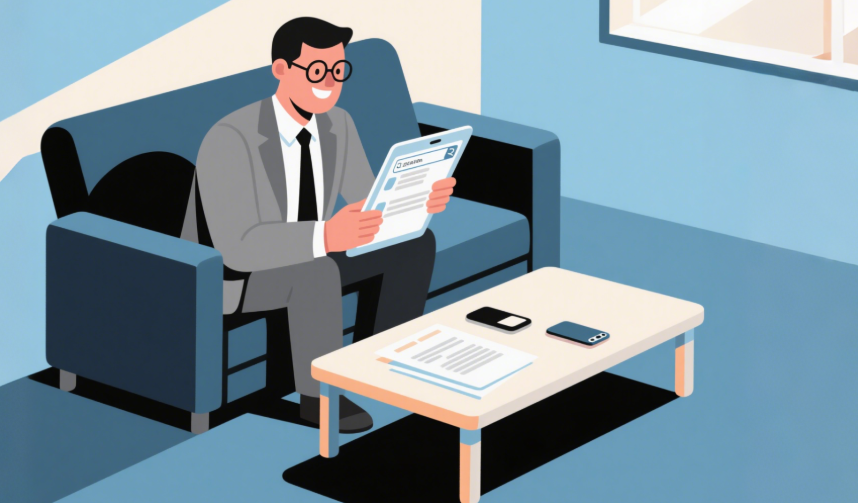 400-076-6558智领未来,外贸超级营销员
400-076-6558智领未来,外贸超级营销员
 400-076-6558智领未来,外贸超级营销员
400-076-6558智领未来,外贸超级营销员

In global trade, a smooth customs clearance process can mean the difference between on-time delivery and costly delays. Based on over 18 years of cross-border logistics experience across mechanical, electronic, and chemical sectors, here’s how to navigate the full import/export declaration workflow — from documentation to final release.
Most customs issues stem from incomplete or inaccurate documents. Key files include commercial invoice (avg. error rate: 34% in first-time shipments), packing list, bill of lading/airway bill, and certificate of origin. In one case with a German automotive supplier, missing a simple "HS code" caused a 10-day delay and $2,300 in demurrage fees.
| Document Type | Common Mistake | Impact |
|---|---|---|
| Commercial Invoice | Incorrect unit price or quantity | Customs valuation disputes |
| Certificate of Origin | Not stamped by chamber of commerce | Tariff eligibility lost |
Modern customs systems like ACE (U.S.) or CHIEF (UK) require precise data entry. A single typo in HS code or country of origin can trigger manual inspection — which increases risk by up to 60%. Always double-check against your supplier’s product specs and use standardized codes (e.g., Harmonized System).

Food, animal products, and certain electronics must undergo inspection at designated ports. For example, Thai seafood exporters often face delays if they fail to submit pre-inspection notifications 48 hours in advance. Pro tip: Request an early check-in via the local authority’s online portal — it reduces waiting time by up to 70%.
Tariffs vary widely — for instance, steel imports into the EU may carry 0–10% duties depending on origin, while Chinese electronics face 3–7% under WTO rules. Use tools like the World Bank’s tariff database or consult your freight forwarder to estimate total landed cost (including VAT, excise, and handling fees).
Once payment is confirmed and all checks passed, customs issues a “release notice.” At this point, you’ll receive a unique tracking number for onward transport. In some countries (like India), this step alone takes 2–3 business days due to system bottlenecks — so plan accordingly.
According to our internal audit of 200+ shipments last year, 43% of rejections were avoidable: misclassified goods (e.g., calling a CNC machine "general machinery"), outdated certificates, or failing to declare restricted items like lithium batteries. Always verify your classification using official databases before submission.

With global supply chains under pressure, faster clearance directly impacts cash flow and customer satisfaction. One client in Mexico reduced their average clearance time from 5 days to 2 by implementing automated document validation — saving €15k/month in storage costs.
If you're managing international shipments regularly, mastering these steps isn't optional — it’s essential. Whether you’re new to exports or optimizing existing processes, understanding each phase ensures fewer surprises and more predictable outcomes.
.png?x-oss-process=image/resize,h_100,m_lfit/format,webp)
.png?x-oss-process=image/resize,h_100,m_lfit/format,webp)

.png?x-oss-process=image/resize,h_100,m_lfit/format,webp)
.png?x-oss-process=image/resize,h_100,m_lfit/format,webp)
.png?x-oss-process=image/resize,h_100,m_lfit/format,webp)
.png?x-oss-process=image/resize,h_100,m_lfit/format,webp)
